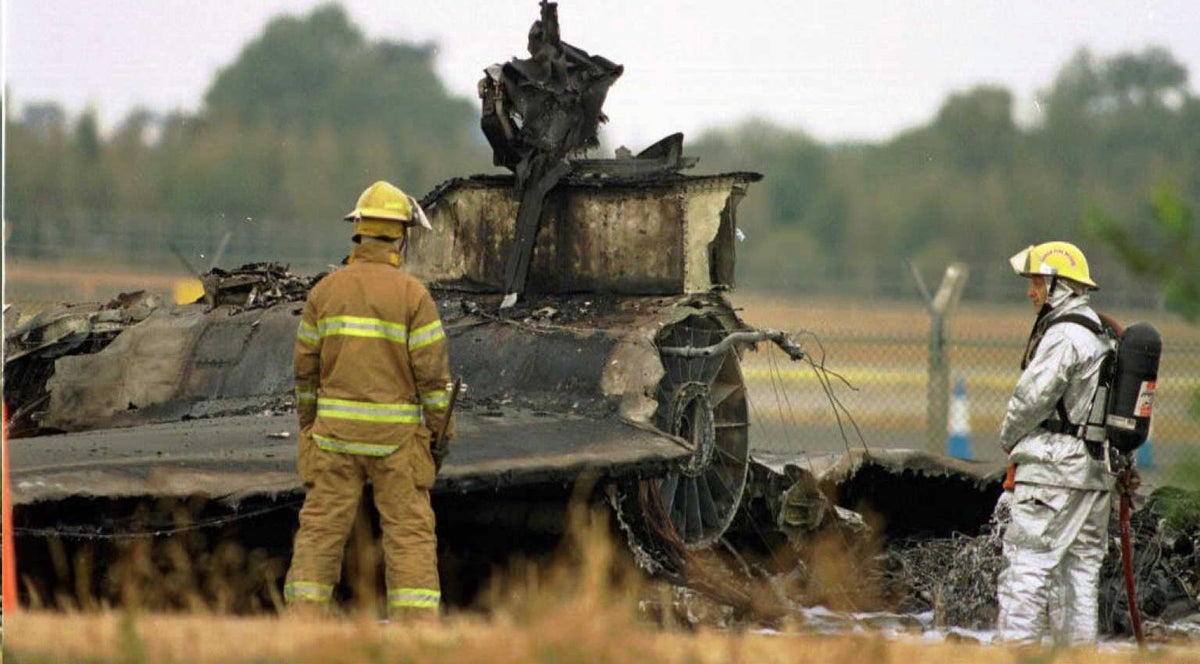
Scientists have found for the first time a direct association between toxic “forever chemicals” found in the blood of Air Force servicemen and testicular cancer, an advance that prompts reconsideration of materials used by the military.
Researchers, including those from the National Cancer Institute in the US, assessed banked blood drawn from Air Force servicemen to assess links between serum concentrations of Per- and polyfluoroalkyl substances (PFAS), commonly known as “forever chemicals” and testicular germ cell tumors (TGCT).
While previous research has shown that firefighters are diagnosed with testicular cancer at higher rates than people in most other occupations, pointing to the presence of PFAS in the foam, the link between this cancer and the chemical among service members has remained unproven until now.
Earlier studies have also shown that some hormone-disrupting chemicals in firefighting foam may specifically be behind the pathogenesis of testicular cancer.
PFAS are commonly found in stain-resistant products like rain gear, non-stick cookware, and firefighting foam, and are also known as “forever chemicals” as they do not break down in the environment.
The new study, published recently in the journal Environmental Health Perspectives, found that airmen who were firefighters had elevated levels of PFAS.
“This study is to our knowledge the first to investigate serum PFAS concentrations among US Air Force servicemen and their associations with TGCT,” scientists wrote in the study.
Researchers also found that the servicemen with testicular cancer had higher serum levels of forever chemicals than those who had not been diagnosed with cancer.
They warn that the findings warrant further investigation for PFAS levels in blood in other populations and military service branches.
In the study, scientists assessed blood data of Air Force servicemen from the Department of Defense Serum Repository.
They analysed a total of 530 cases and 530 controls with a second sample collected after an average of 4 years after the first for 187 case–control pairs.
Scientists observed particularly elevated concentrations of some PFAS for military personnel employed as firefighters.
“The strongest service-related predictor of elevated serum PFAS concentrations observed was employment in fire protection,” they noted in the study.
“Our findings are consistent with those of a cross-sectional study of Australian firefighters employed at commercial airports,” researchers added.
Scientists call for further research investigating serum PFAS concentrations in military personnel to confirm the latest findings using more recently collected sera.












